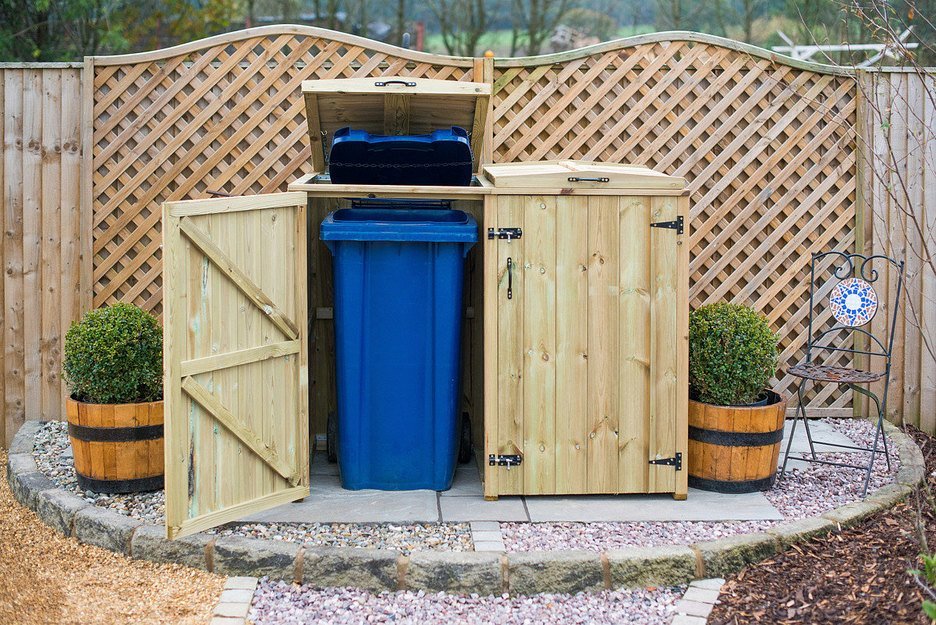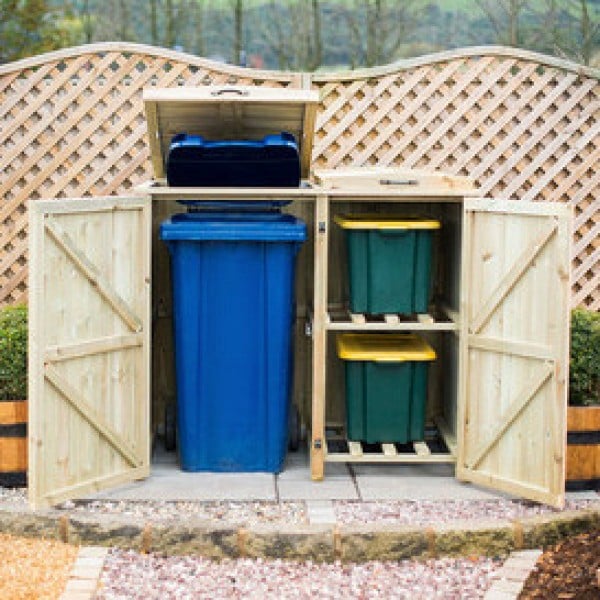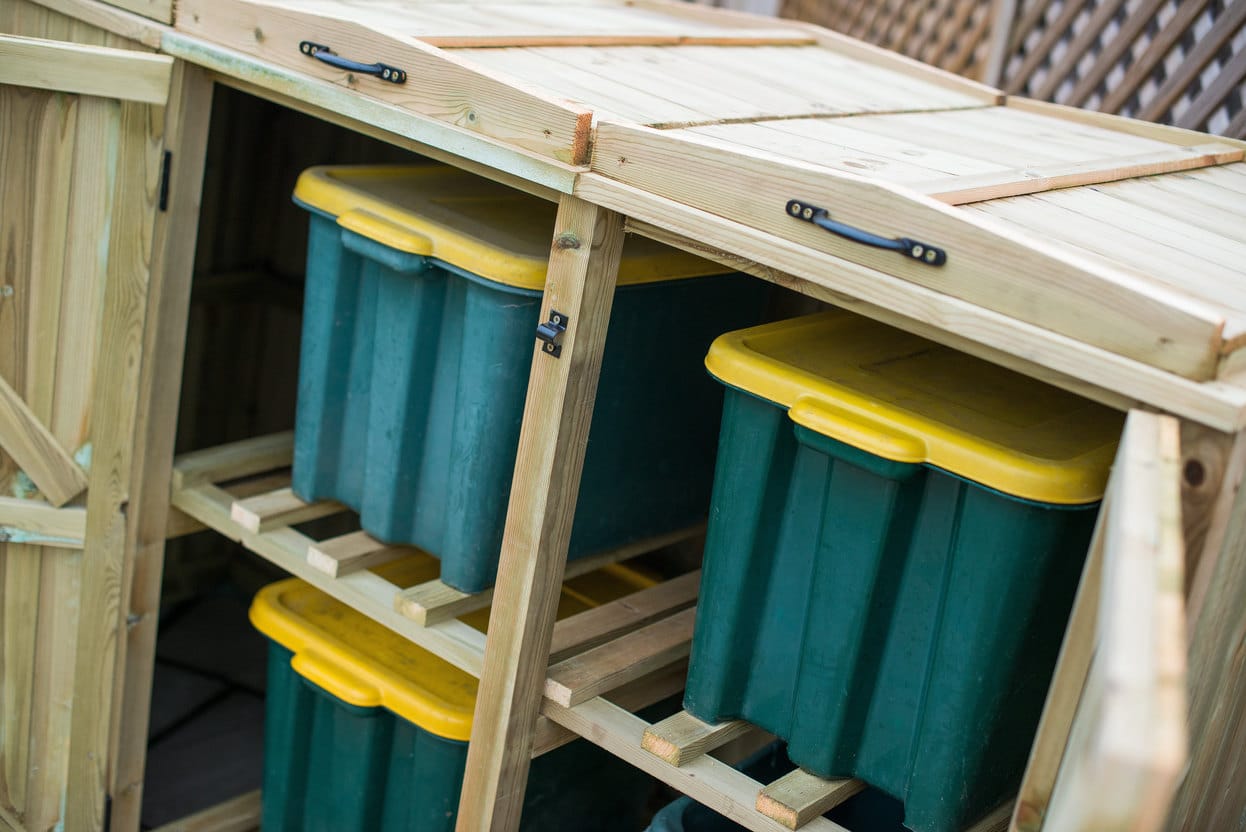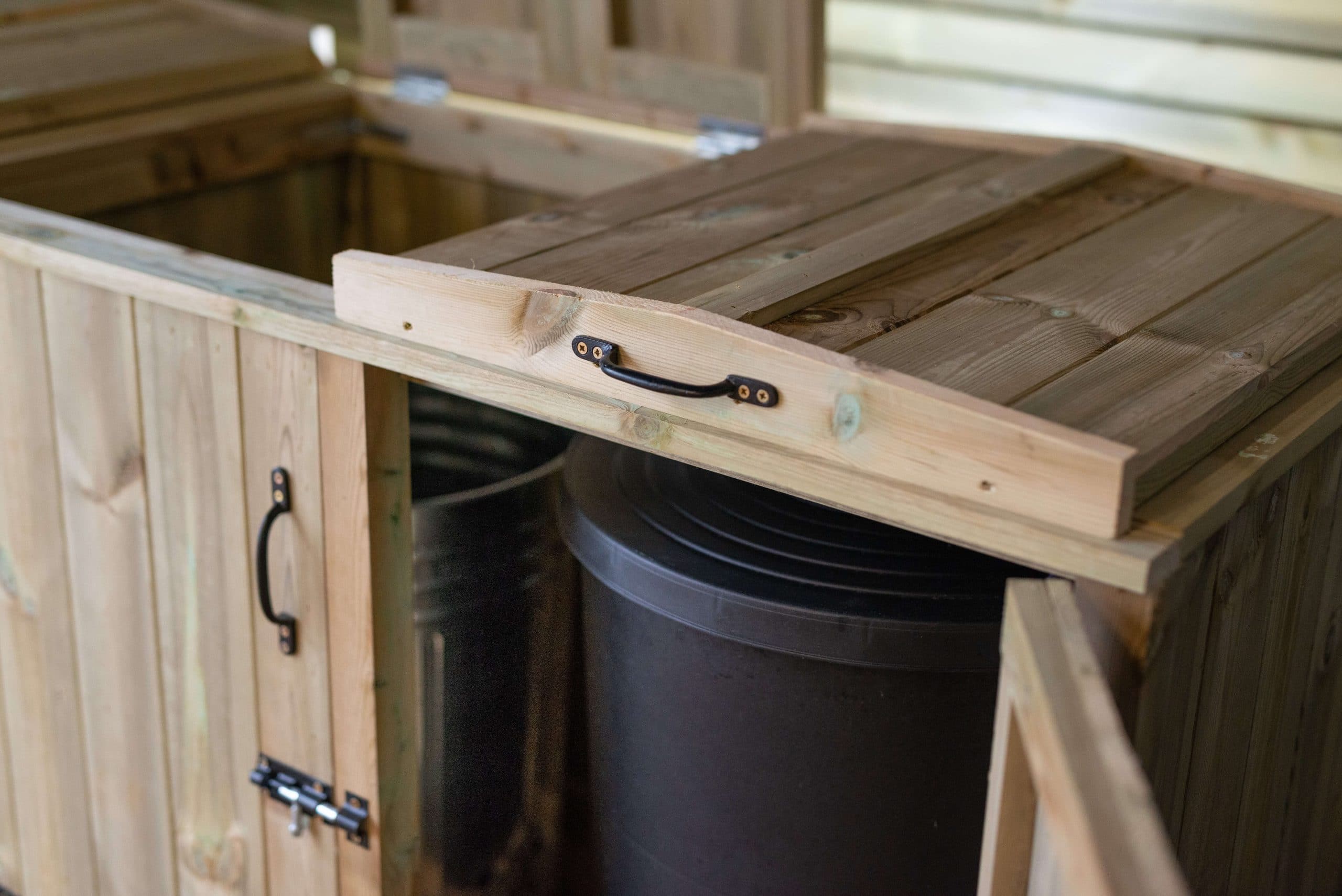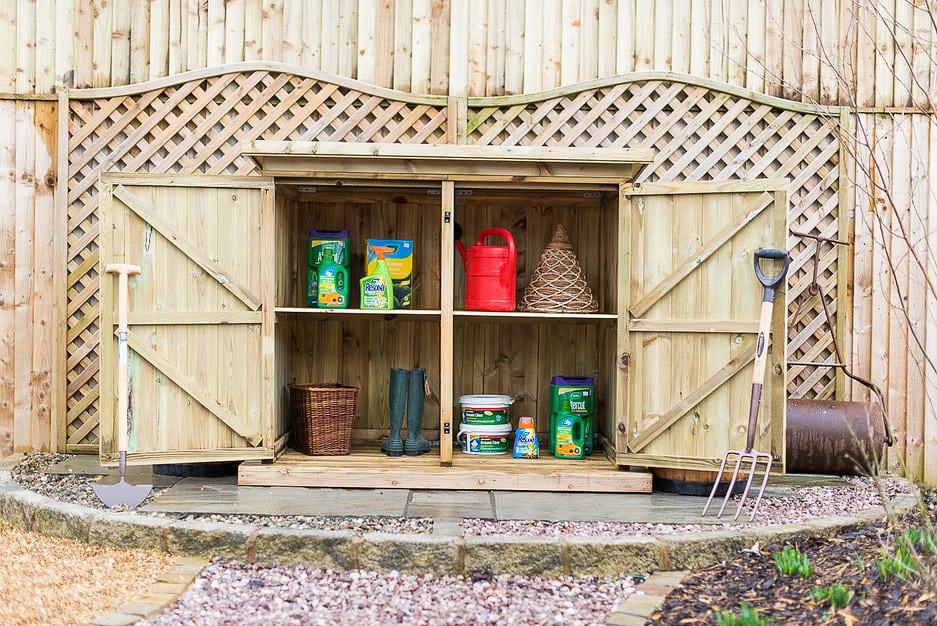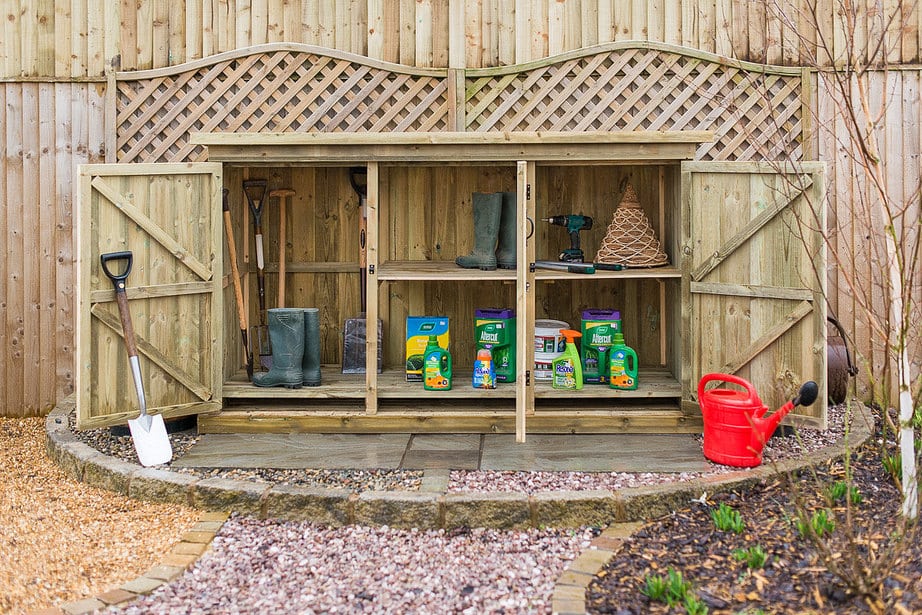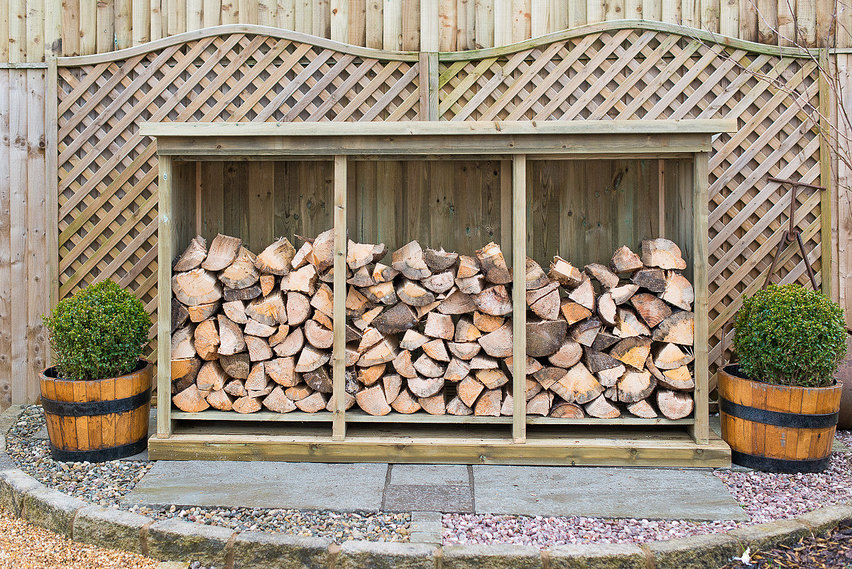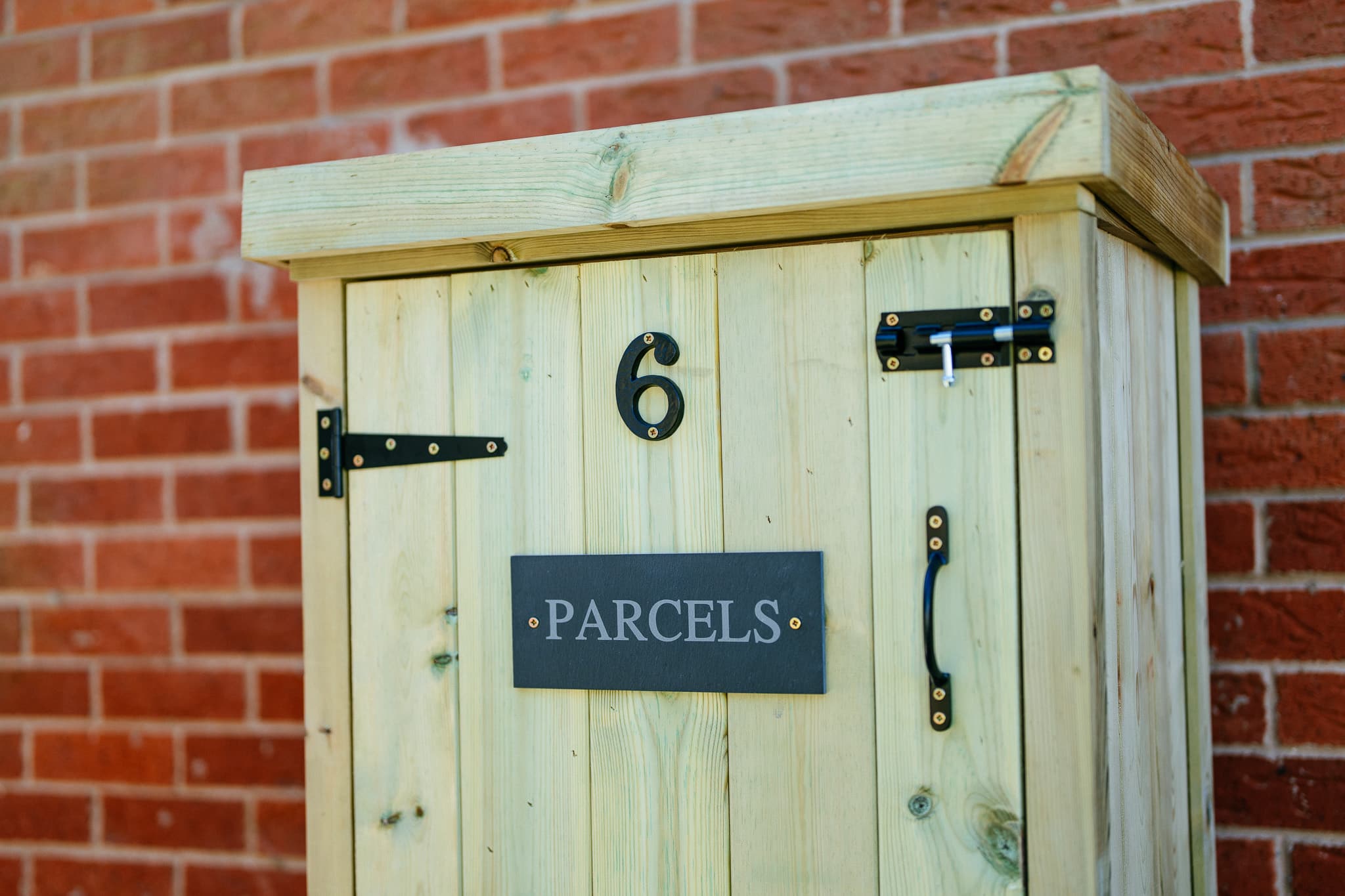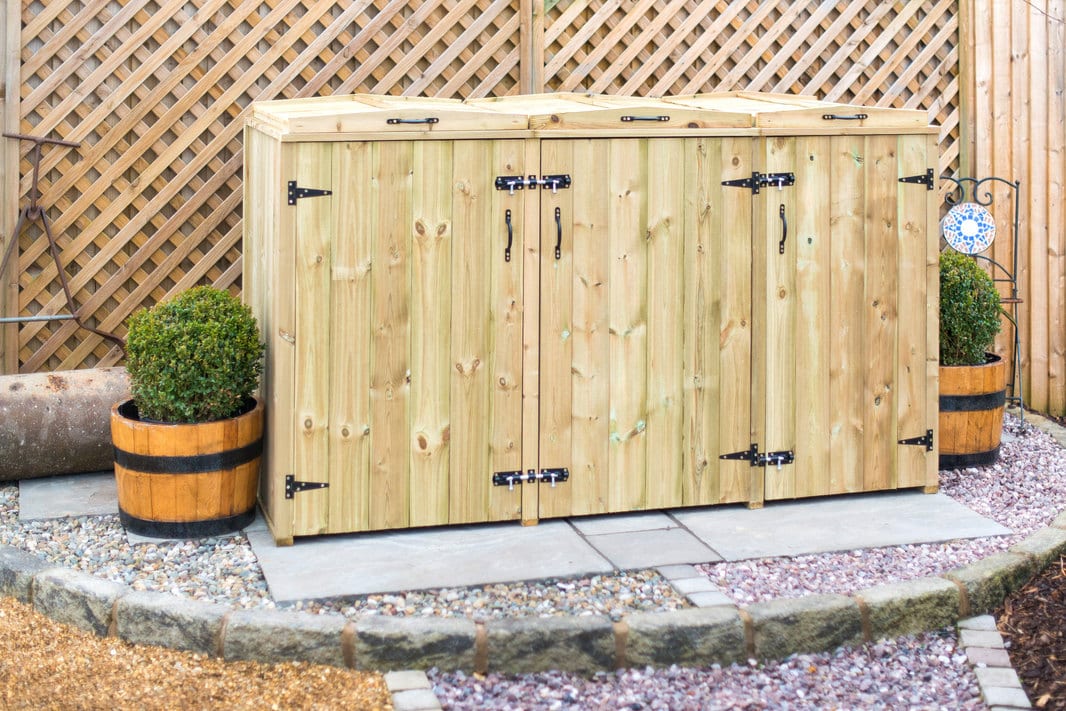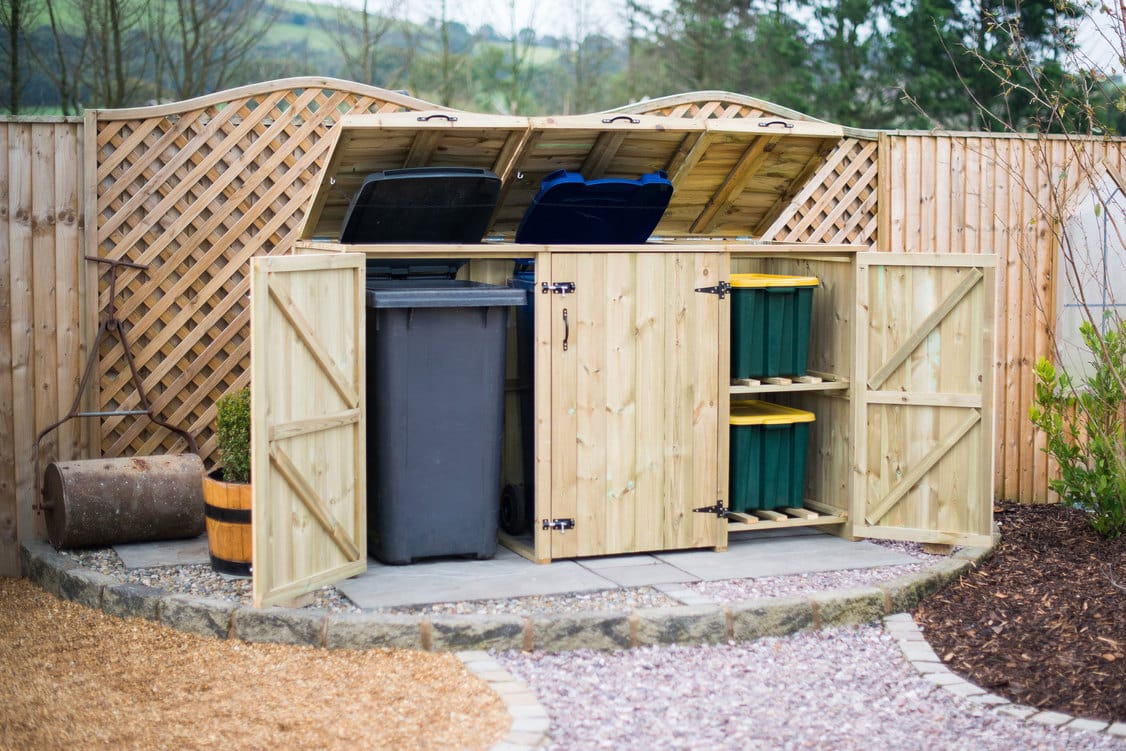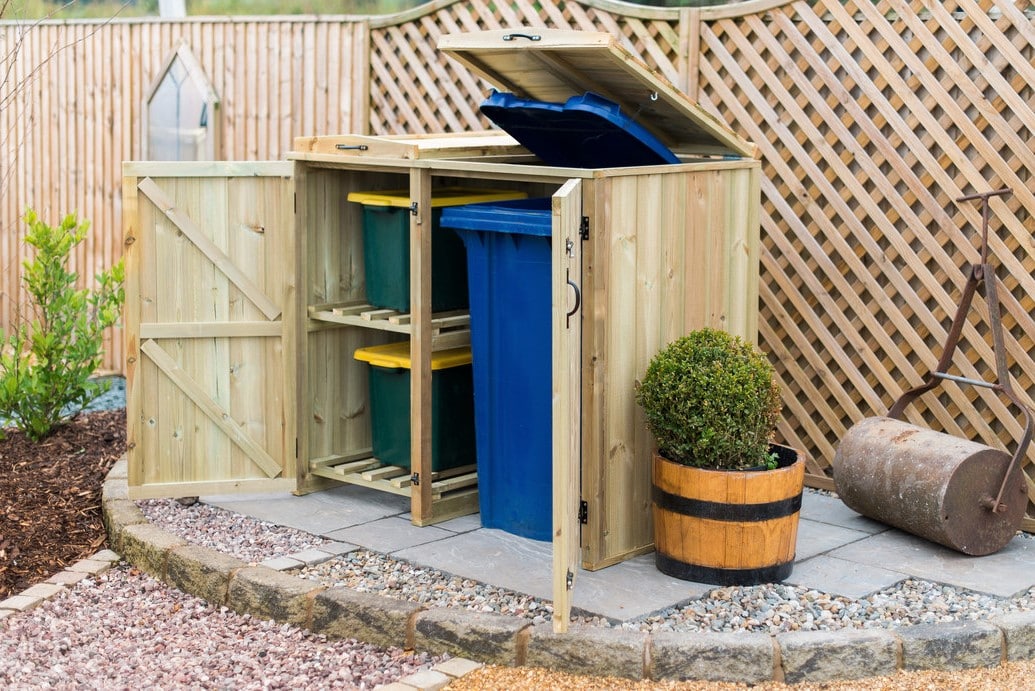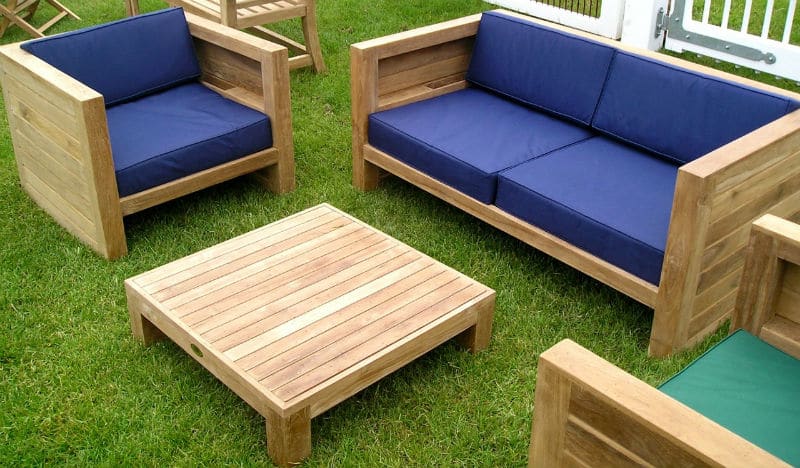Buying Guides
What You Should Know About Buying Wooden Garden Furniture
When it comes to garden furniture, wood is always a popular choice. Affordable, durable, and natural looking, wooden furniture complements a garden, rather than overwhelming it. But investing in wood furniture, whether that's tables and chairs, benches, bin stores, or anything else, does require a little forethought. Buy the wrong wood, situate your furniture in the wrong place, fail to maintain your furniture, and you'll find yourself starting the shopping process again next year. So we're taking a look at what you need to know about buying wooden garden furniture, so that your investment lasts as long as possible!
What Kind of Wood is Best?
Your first concern here is the kind of wood that you're buying. Not all woods are created equal, and you're looking for something that's going to be long lasting and sturdy. This generally means hard woods are best, however there is another issue: some woods repel rot, fungus and insects better than others. In general, the kinds of wood recommended for garden furniture are redwood, cedars, teak, eucalyptus, or acacia, all of which come with natural protection against creepy crawlies. Of course, these come at varying costs, with redwood being probably the best compromise between quality and price (and teak being very expensive!).
You should also look into where this wood is coming from and what's been done to it before it's been cut. Pressure treated wood tends to be hardier and more resistant to damp and rot, and in some cases wood will be further chemically treated in order to repel insects and fungus. Chemically treated wood usually has a strange green tinge to the colour, but this will fade once the wood is exposed to sunlight! Additionally, in these days of environmental importance, wood should come from a renewable resource. That means that when a tree is taken from a forest, it's replaced. In the UK, this is usually indicated with FSC certification, and you can about how the FSC works in our educational post.
Last, but not least, there is another kind of material you might want to think about. Whilst sturdy bin store or bench constructions are usually made from hard woods, things like bin screens or privacy screens can be made from woven willow. This is a great choice, but again you should look for wood that has been treated to maintain it better.
Where Should I Place My Furniture?
Placement of your new wooden garden furniture is also of utmost importance. Wood that's exposed to damp, whether that's puddles or wet soil, will eventually rot, leaving you with wobbly tables or chairs that collapse under you. This means that it's essential that you keep wood away from the damp, and there are various ways that you can ensure this.
By far the simplest way is to place furniture on concrete, which works well for things like bin stores (since concrete is also easy to clean so messes can be swept up). If full concrete isn't possible, then standing furniture on bricks or paving slabs is a compromise option. In some cases you will find that the legs of things like benches have been capped in metal to stop damp, and if you're anchoring something like a bin store into the ground you can use metal cover posts to protect the wood. Generally, if you're thinking of a wooden construction, a shed or large bin store, then your best bet is going to be buying or building a base. This will mean a little more expense initially, but should ensure that your wood lasts for a good long time, so means savings in the long term.
Pro Tip:
Even if placing wood on a concrete surface you still need to ensure that the surface is flat enough that puddles don't gather. You can easily test this by running your garden hose over the surface and seeing where water collects then avoiding areas that are likely to develop puddles when it rains!
What About Maintenance?
Wooden furniture will require a little maintenance for the most part, though there are a few exceptions (those willow screens for example require nothing in terms of upkeep). There are a couple of things that you need to think about here. Furniture that has been finished with oil, as many tables and benches are, will need that oil re-applied once a year. The manufacturer's instructions should specify what kind of oil you'll need to use. Furniture that is unfinished wood (wood without a shine) should be sanded down once a year with a fine grit sandpaper. This will prevent the wood looking “fuzzy” as well as getting rid of any splinters. Don't work too hard at this or you'll destroy the natural looking weathered colour of your furniture, just a brief “going over” is fine.
Additionally, you should consider treatment for woods where applicable. With some polished woods this won't be necessary (again, manufacturer's instructions will specify this). Most unfinished woods will benefit from a coat of clear stain that should help repel damp as well as insects and fungus. This can be done once a year, though if you live in a particularly harsh climate you might want to do it twice a year (once in spring and once before the first frost), or consider investing in a cover for your furniture to further protect it.
How Long Will Wooden Furniture Last?
How long your furniture will last depends on a lot of factors, including the type of wood you choose, how regularly you maintain it, and how sturdy general construction is. If a bin store comes with pre drilled holes, for example, it's likely to last longer simply because the wood won't split during the construction process.
A good, hard wood piece that's maintained at least once a year and situated away from the damp can easily last a life time, however, whilst flimsier pieces such as less expensive willow screens will last around five to ten years, depending on where they're placed.
Wooden garden furniture is a beautiful addition to any property, and when maintained properly can last as long as you will! It's definitely worth your time to choose carefully and put in a little maintenance time to protect that investment.

